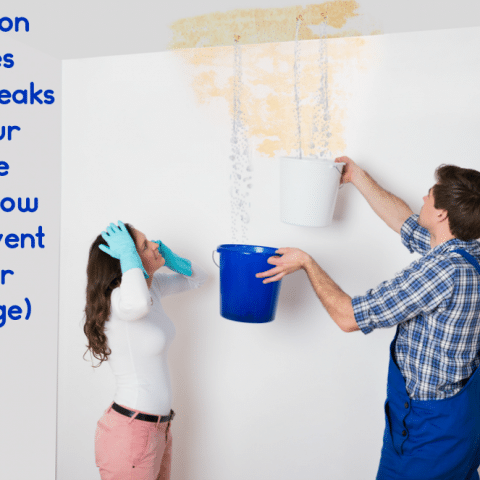What're your thoughts on Detecting hidden plumbing leaks?

Early discovery of dripping water lines can mitigate a potential catastrophe. In addition to conserving you money, it will decrease the stress and also irritation. The moment you locate a leak, calling your plumber for repair work is the most effective option. Some little water leakages might not be visible. Below are some hacks that aid if you can not discover it with your nude eyes.
1. Take A Look At the Water Meter
Every house has a water meter. Examining it is a surefire way that helps you discover leaks. For beginners, turn off all the water sources. Make sure nobody will flush, make use of the faucet, shower, run the cleaning machine or dishwasher. From there, most likely to the meter as well as watch if it will change. Considering that no one is utilizing it, there need to be no activities. That indicates a fast-moving leak if it relocates. Similarly, if you find no changes, wait a hr or 2 as well as examine back once more. This means you may have a sluggish leak that can also be below ground.
2. Inspect Water Consumption
Assess your water expenses and also track your water usage. As the one paying it, you need to notice if there are any type of disparities. If you find sudden changes, despite your usage being the same, it suggests that you have leaks in your plumbing system. Keep in mind, your water costs should fall under the very same variety monthly. An abrupt spike in your costs shows a fast-moving leak.
At the same time, a constant boost on a monthly basis, even with the same routines, reveals you have a sluggish leak that's also gradually intensifying. Call a plumber to thoroughly inspect your residential property, particularly if you really feel a cozy area on your flooring with piping beneath.
3. Do a Food Coloring Test
When it comes to water usage, 30% comes from bathrooms. If the color somehow infiltrates your bowl during that time without flushing, there's a leakage in between the tank as well as bowl.
4. Asses Outside Lines
Don't forget to examine your outdoor water lines also. Must water seep out of the link, you have a loose rubber gasket. One little leakage can squander bunches of water and also surge your water costs.
5. Examine the circumstance and check
Home owners need to make it a routine to inspect under the sink counters as well as even inside cabinets for any bad odor or mold and mildew development. These two red flags indicate a leak so prompt attention is required. Doing routine examinations, also bi-annually, can save you from a significant issue.
Examine for discolorations as well as weakening as the majority of pipes and devices have a life span. If you suspect leaking water lines in your plumbing system, don't wait for it to rise.
Early detection of leaking water lines can alleviate a possible catastrophe. Some tiny water leaks might not be visible. Inspecting it is a proven way that helps you find leakages. One tiny leak can lose lots of water and also increase your water bill.
If you presume dripping water lines in your plumbing system, don't wait for it to intensify.
WARNING SIGNS OF WATER LEAKAGE BEHIND THE WALL
PERSISTENT MUSTY ODORS
As water slowly drips from a leaky pipe inside the wall, flooring and sheetrock stay damp and develop an odor similar to wet cardboard. It generates a musty smell that can help you find hidden leaks.
MOLD IN UNUSUAL AREAS
Mold usually grows in wet areas like kitchens, baths and laundry rooms. If you spot the stuff on walls or baseboards in other rooms of the house, it’s a good indicator of undetected water leaks.
STAINS THAT GROW
When mold thrives around a leaky pipe, it sometimes takes hold on the inside surface of the affected wall. A growing stain on otherwise clean sheetrock is often your sign of a hidden plumbing problem.
PEELING OR BUBBLING WALLPAPER / PAINT
This clue is easy to miss in rooms that don’t get much use. When you see wallpaper separating along seams or paint bubbling or flaking off the wall, blame sheetrock that stays wet because of an undetected leak.
BUCKLED CEILINGS AND STAINED FLOORS
If ceilings or floors in bathrooms, kitchens or laundry areas develop structural problems, don’t rule out constant damp inside the walls. Wet sheetrock can affect adjacent framing, flooring and ceilings.
https://www.servicemasterbyzaba.com/blog/how-to-detect-water-leakage-in-walls/

We are very interested in Locating water leaks and I hope you enjoyed my blog entry. In case you appreciated our post please do not forget to pass it around. We truly appreciate reading our article about Locating water leaks.